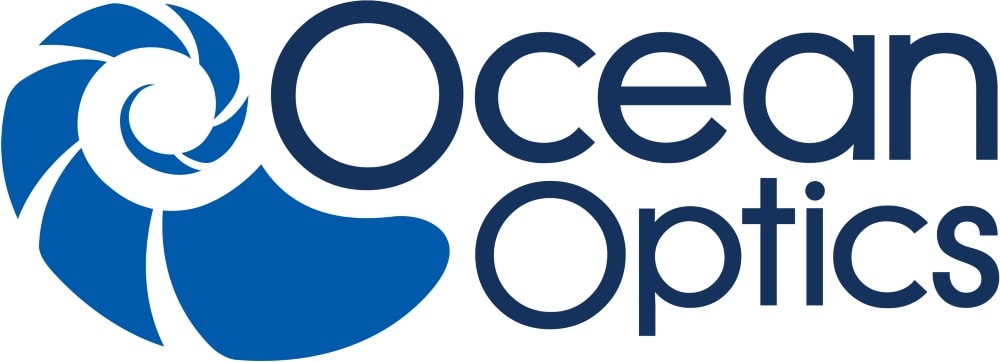The global infant formula market is estimated to reach a value of more than US$ 66 Bn by the end of 2027 from a value of about US$ 26.5 Bn in 2017, and is projected to grow at a value CAGR of about 9.5 % throughout the period of assessment (1). About 46 % of infant formula is produced in Europe and North America, Asia accounting for 49 % of consumption. Like all food products and in particular baby food, regulations exist to ensure high quality.

Infant formula elemental analysis constitutes a real challenge for laboratories because of the different concentration levels (from ppb to hundreds of ppm) of each element targeted. A fast and easy to use method for simultaneous analysis of 19 elements (Al, As, Ca, Cr, Cs, Cu, Fe, Hg, K, Mg, Mn, Mo, Na, P, Pb, Sb, Se, Sn and Zn) has been developed using the Shimadzu ICPMS-2030.





